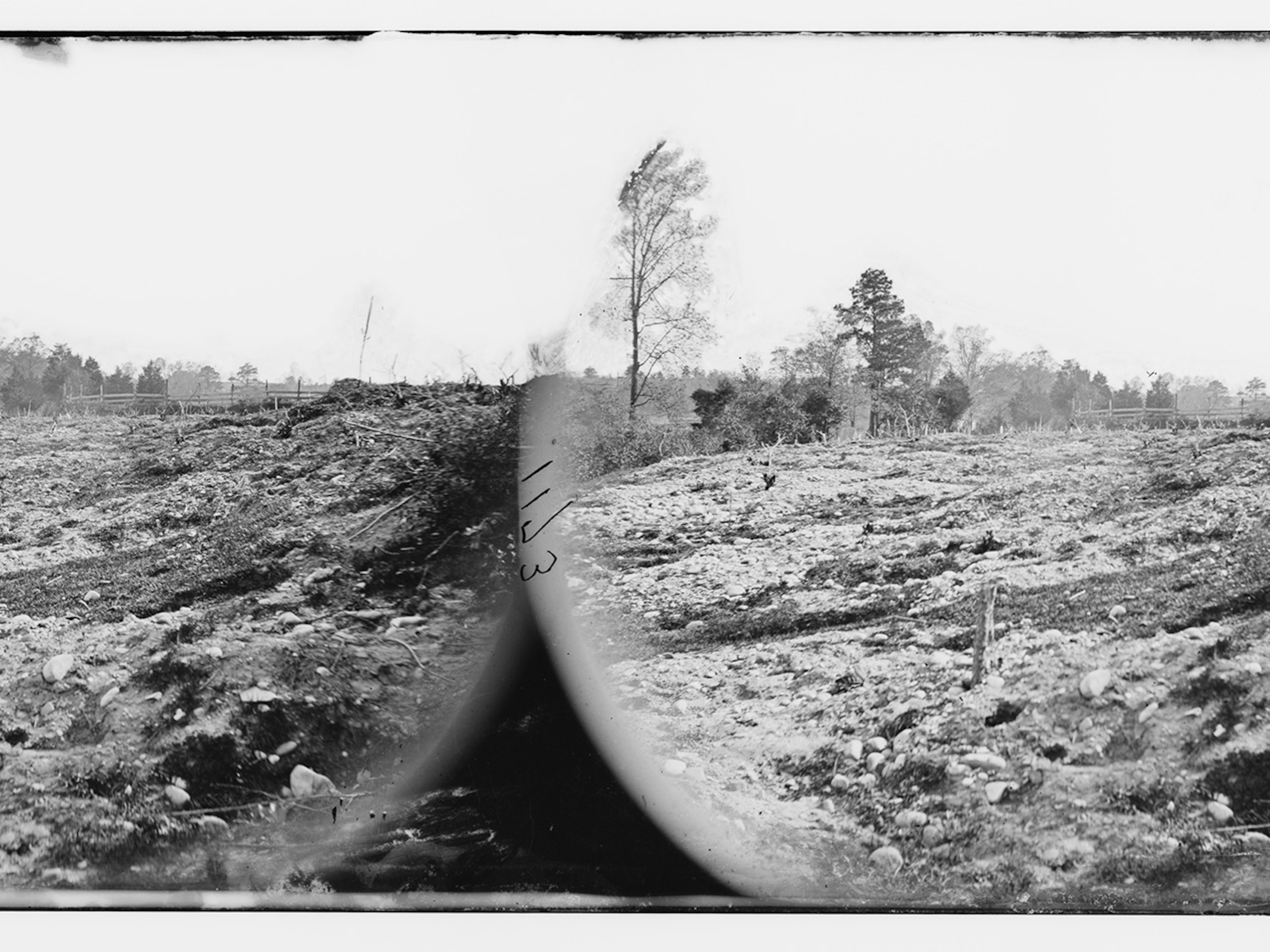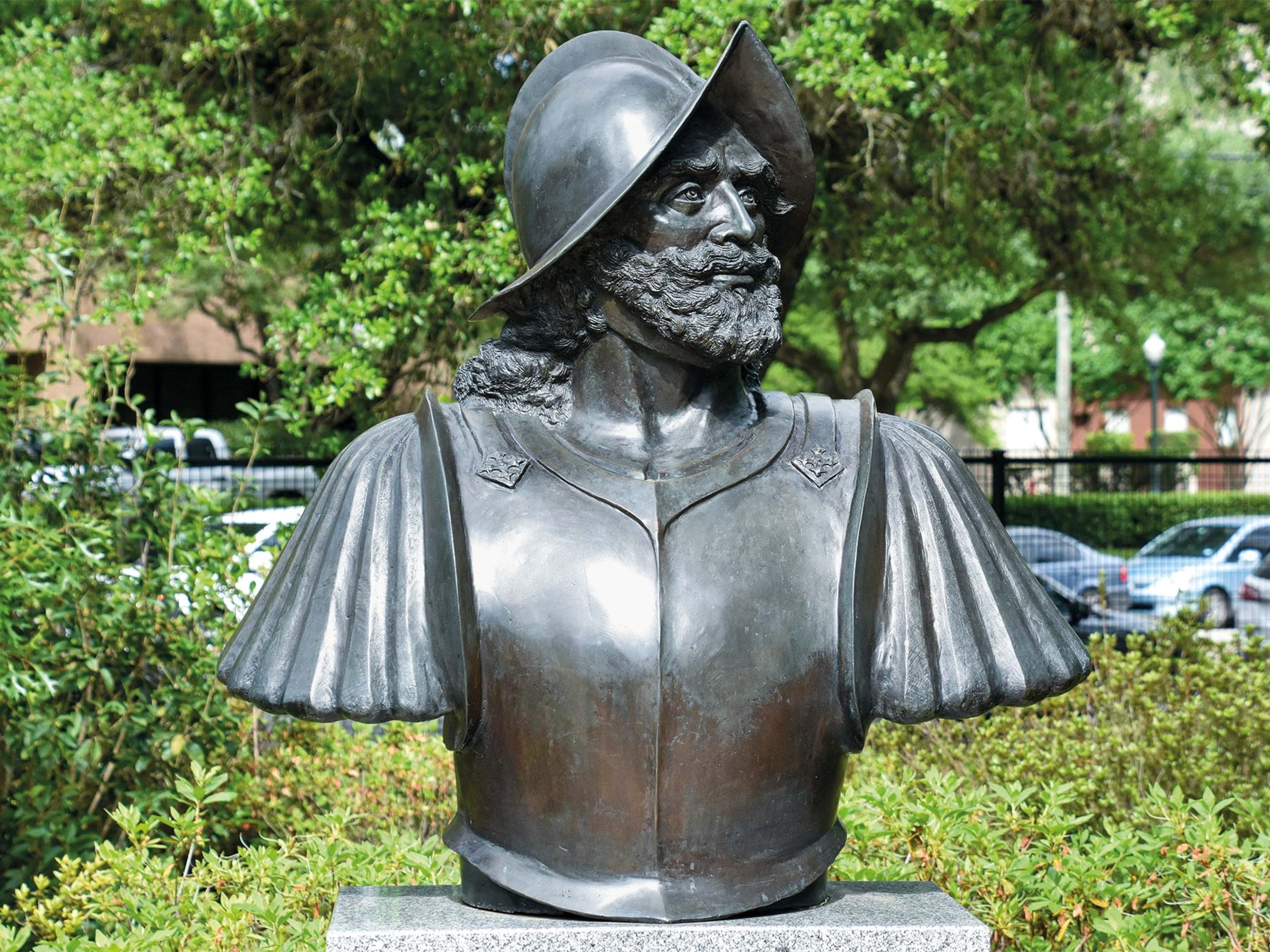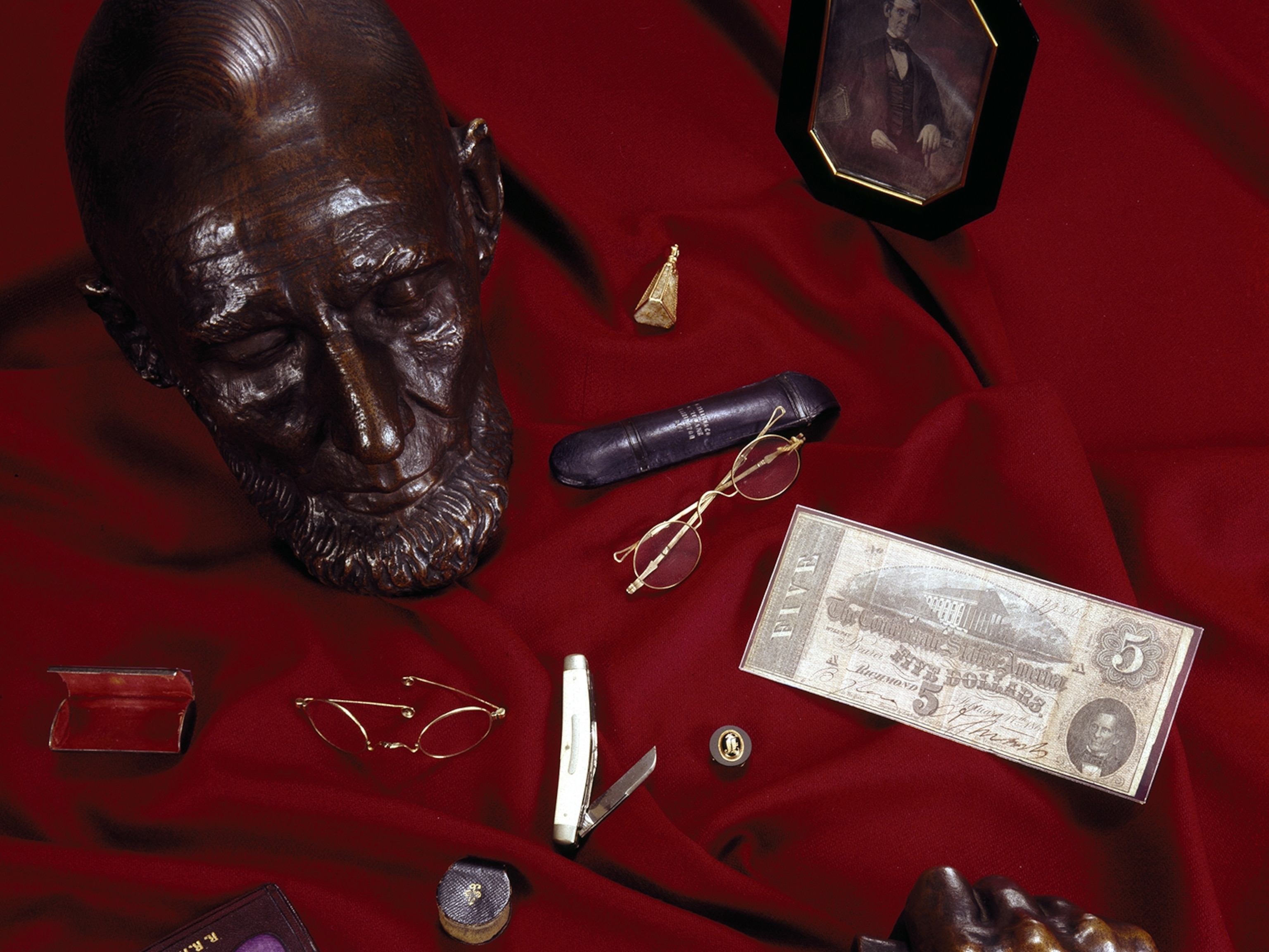Photos of Robert E. Lee statue throughout time
Erected in 1890 in Richmond, Virginia, the Confederate monument was removed following a Virginia Supreme Court ruling.

The most imposing of Confederate memorials on the South’s grandest boulevard was taken down on Wednesday, marking a symbolic end to more than a century of troubled history and a significant notch in the nation’s quest for racial reckoning.
The 12-ton equestrian figure of Civil War General Robert E. Lee, erected in 1890, was hoisted from its pedestal along the tree-lined Monument Avenue just before 9 a.m., spurring jubilation among those gathered to witness the momentous event in Richmond, Virginia—former capital of the Confederacy.

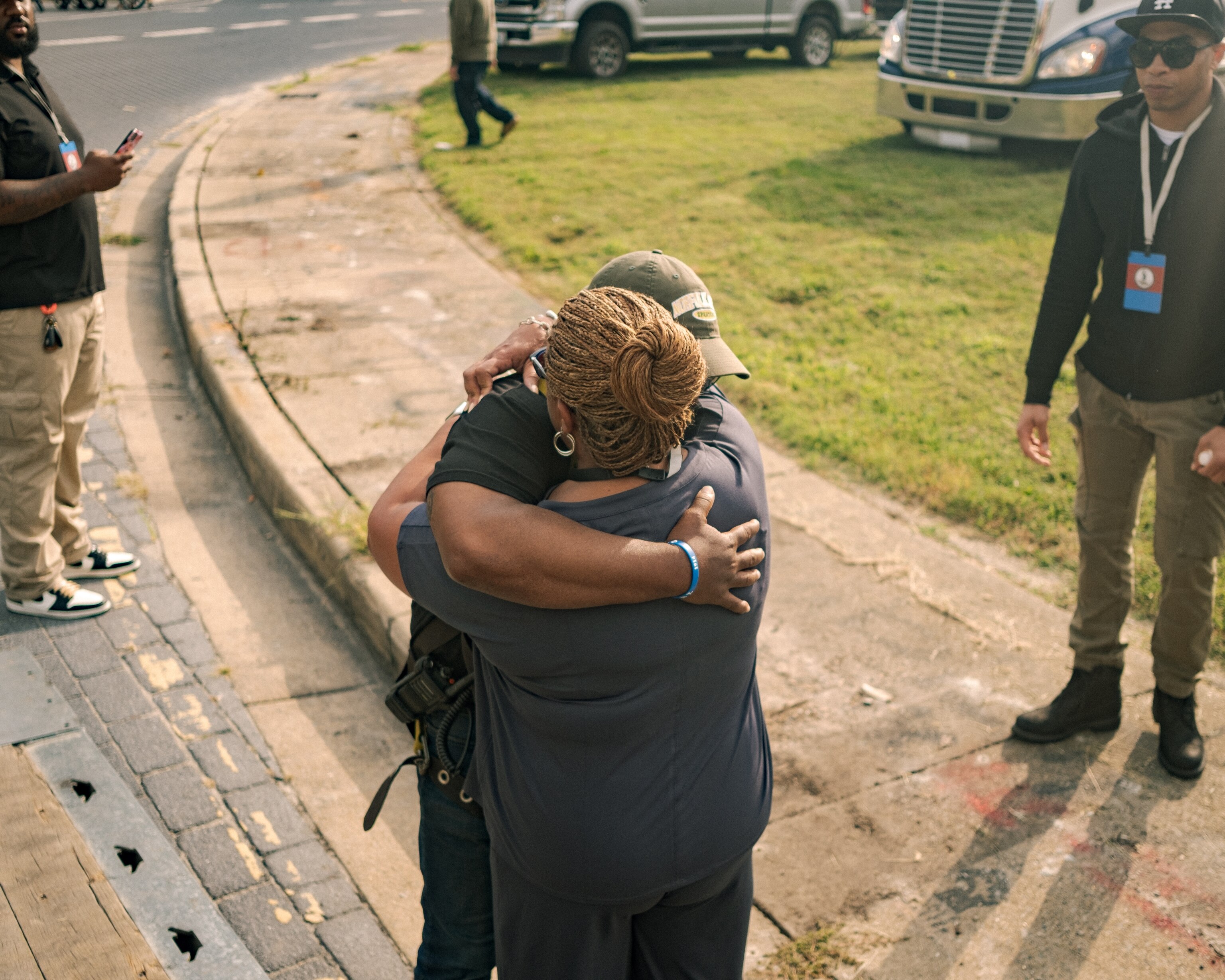
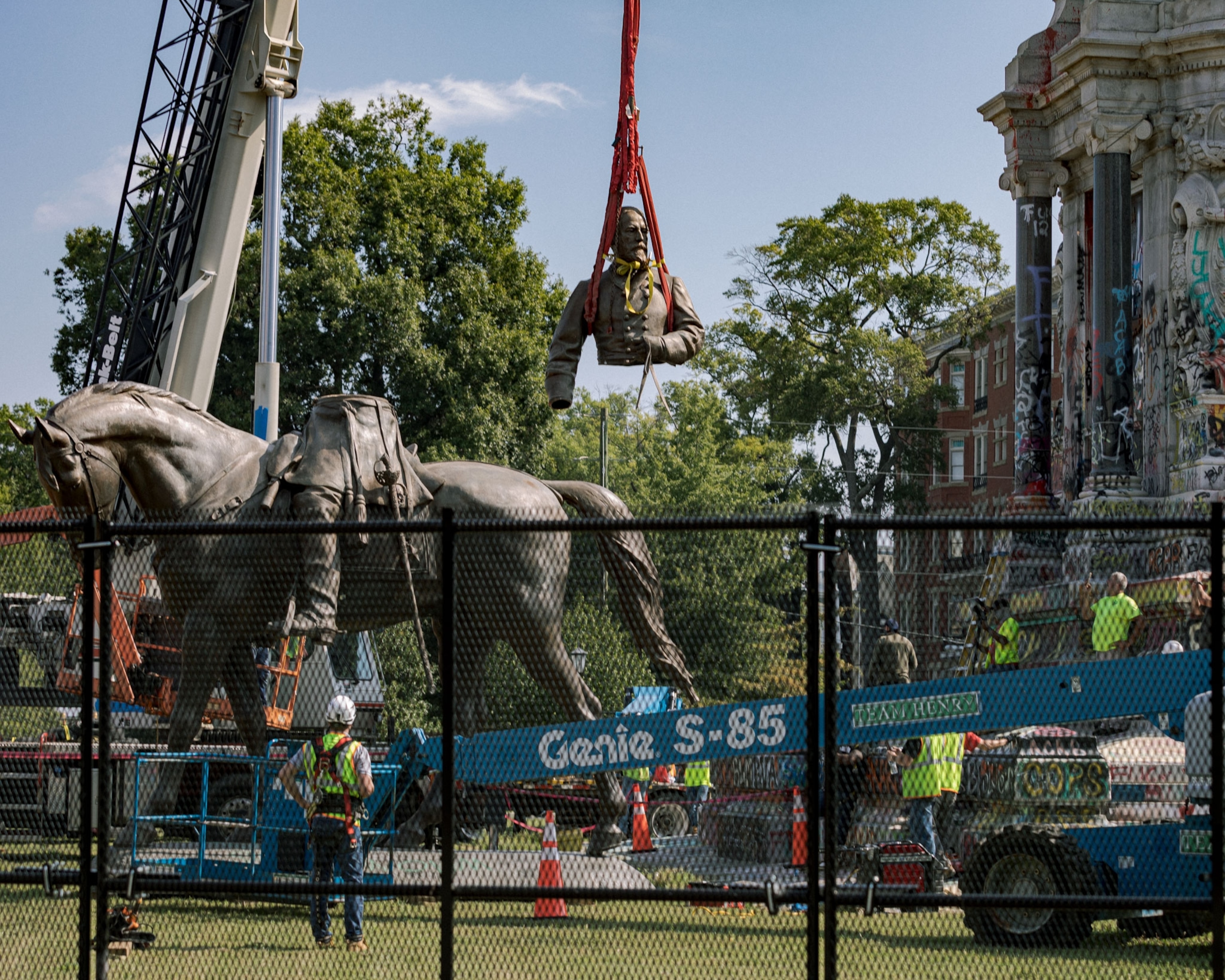
The 21-foot bronze statue came down after a count of “Three, two, one!” from a construction worker, who strapped a harness around Lee and his horse. Then a work crew used a power saw to cut it into two pieces along the general’s waist.
“Any remnant like this that glorifies the Lost Cause of the Civil War, it needs to come down,” said Governor Ralph Northam, who called it “hopefully a new day, a new era in Virginia,” the Associated Press reported.
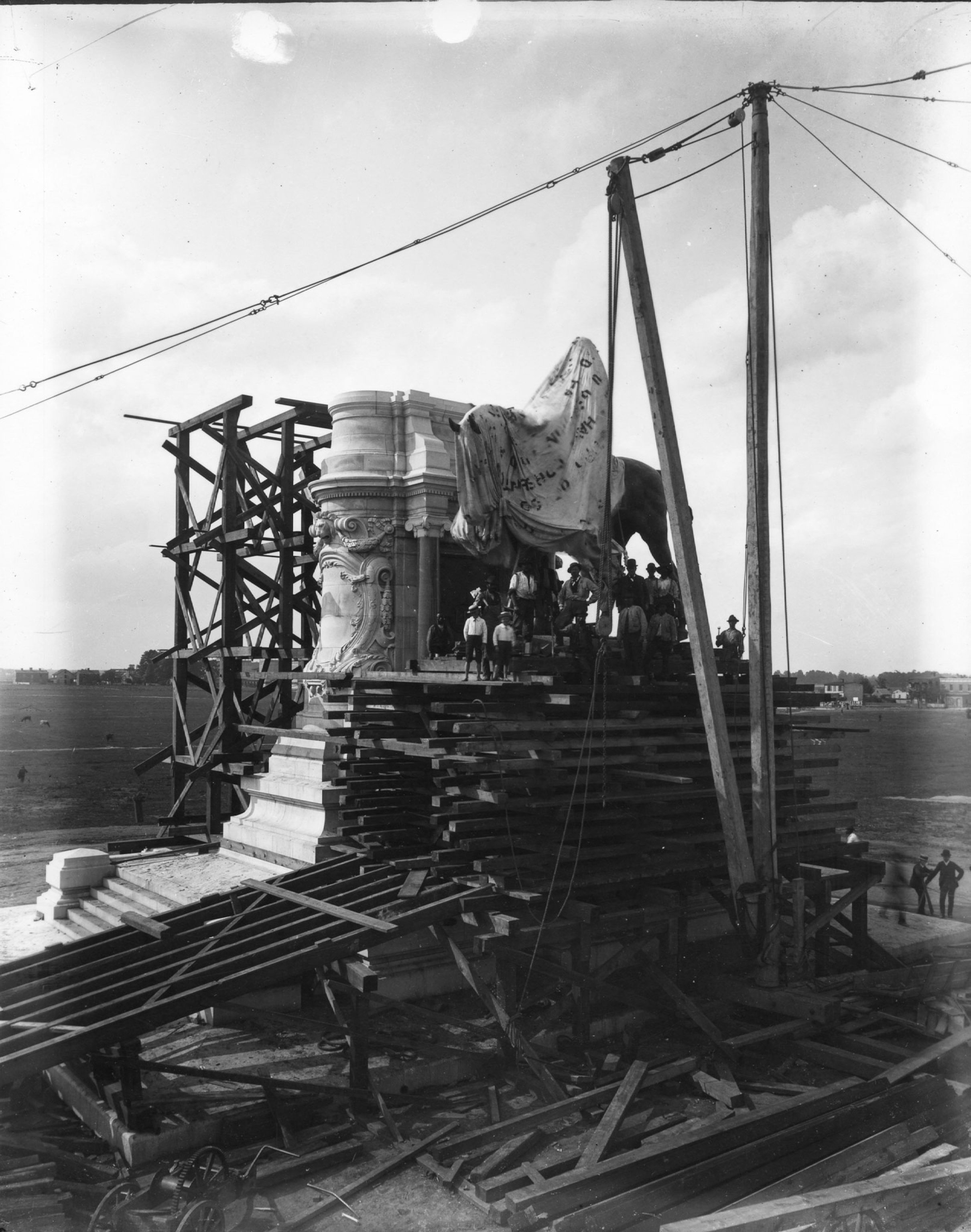
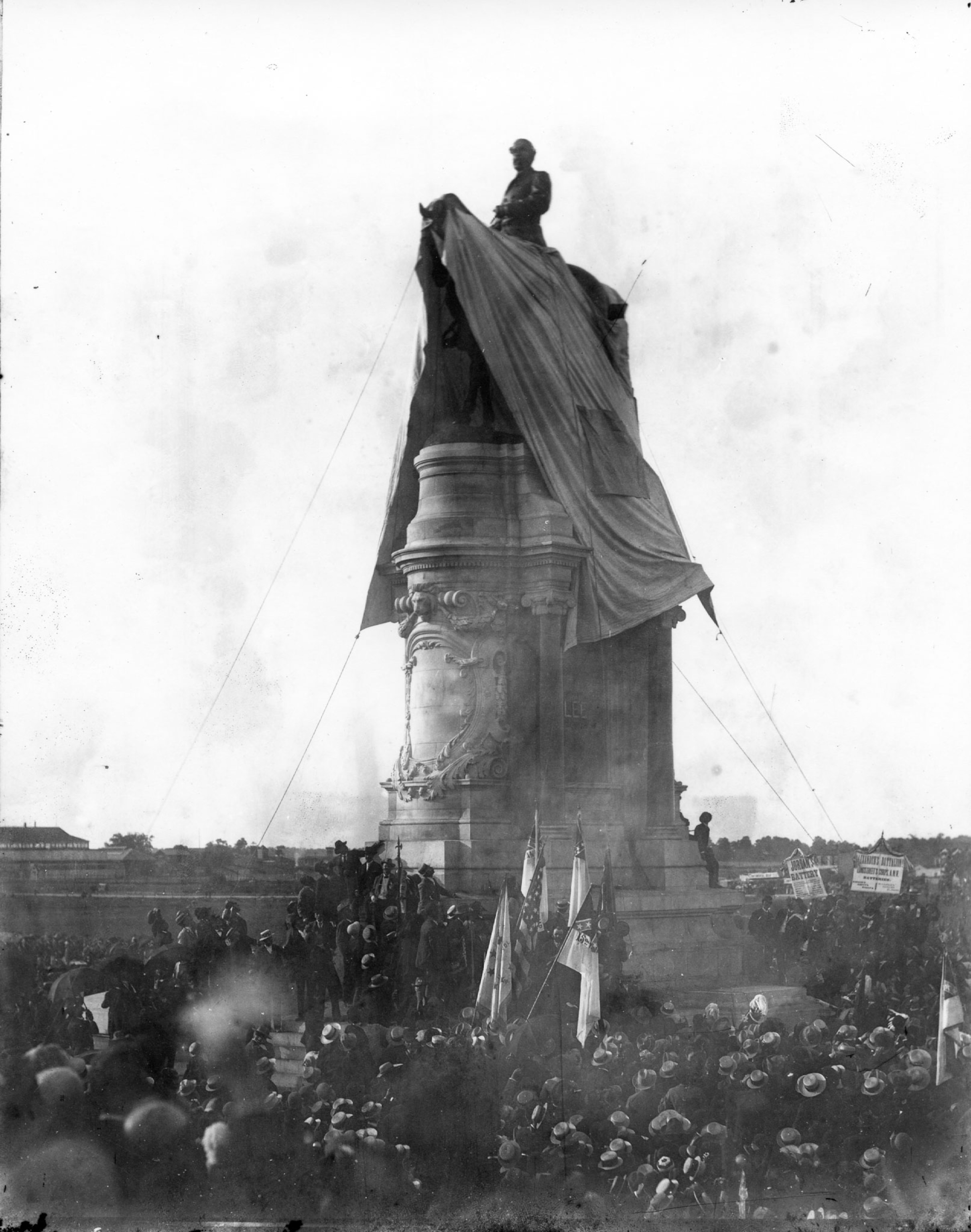
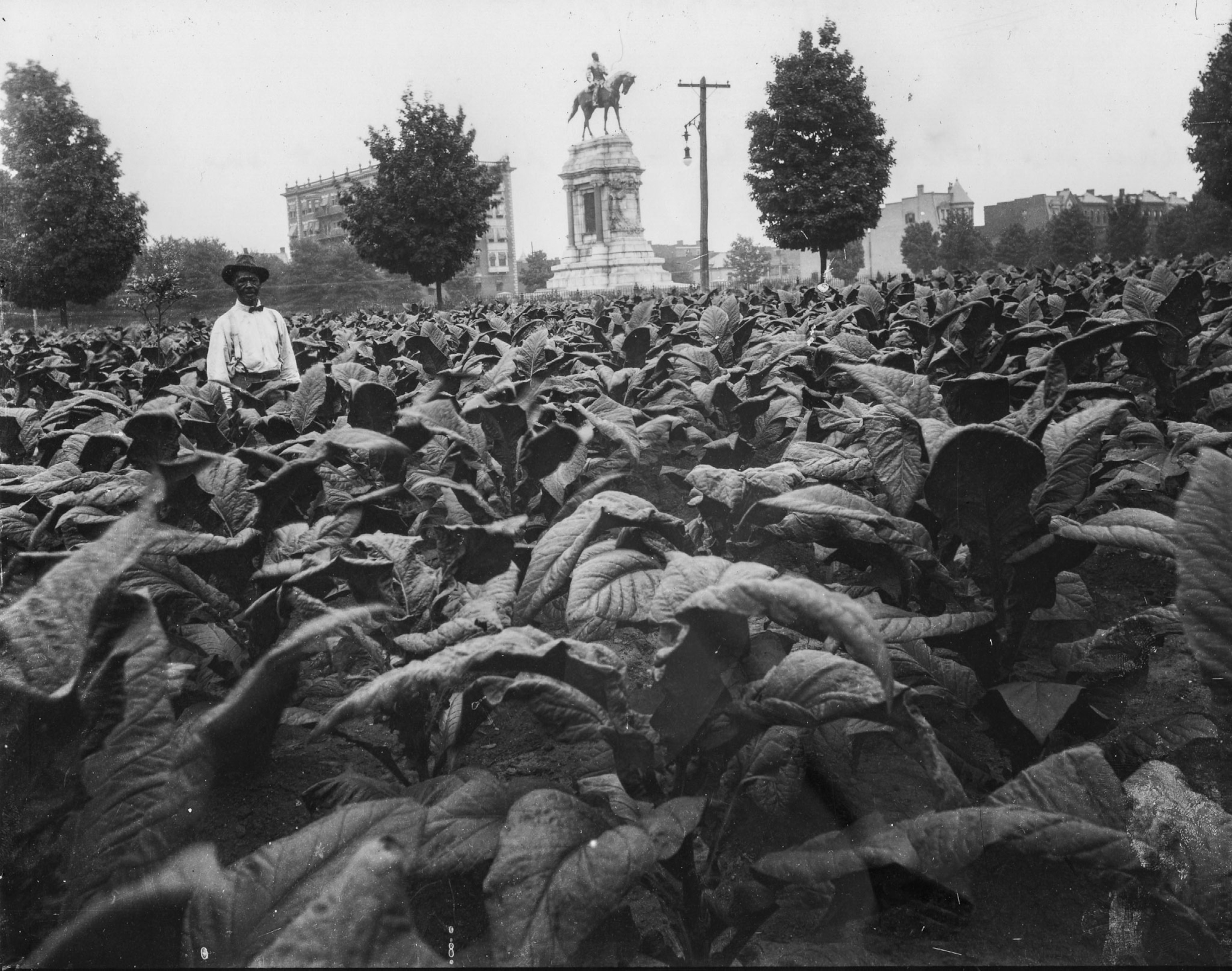

The statue will be stored in an undisclosed facility until a decision is made on what to ultimately do with it. Northam ordered the removal last summer amid nationwide protests following the death of George Floyd in Minneapolis after a white police officer pressed a knee into his neck.
The statue’s removal was delayed by court challenges, but the Supreme Court of Virginia last week ruled that the state could move forward with plans. Four other massive Confederate monuments were removed by the city last summer. (Read more about the origin of Monument Avenue.)
The towering granite pedestal is now left covered with colorfully spray-painted social justice messages calling for unity.

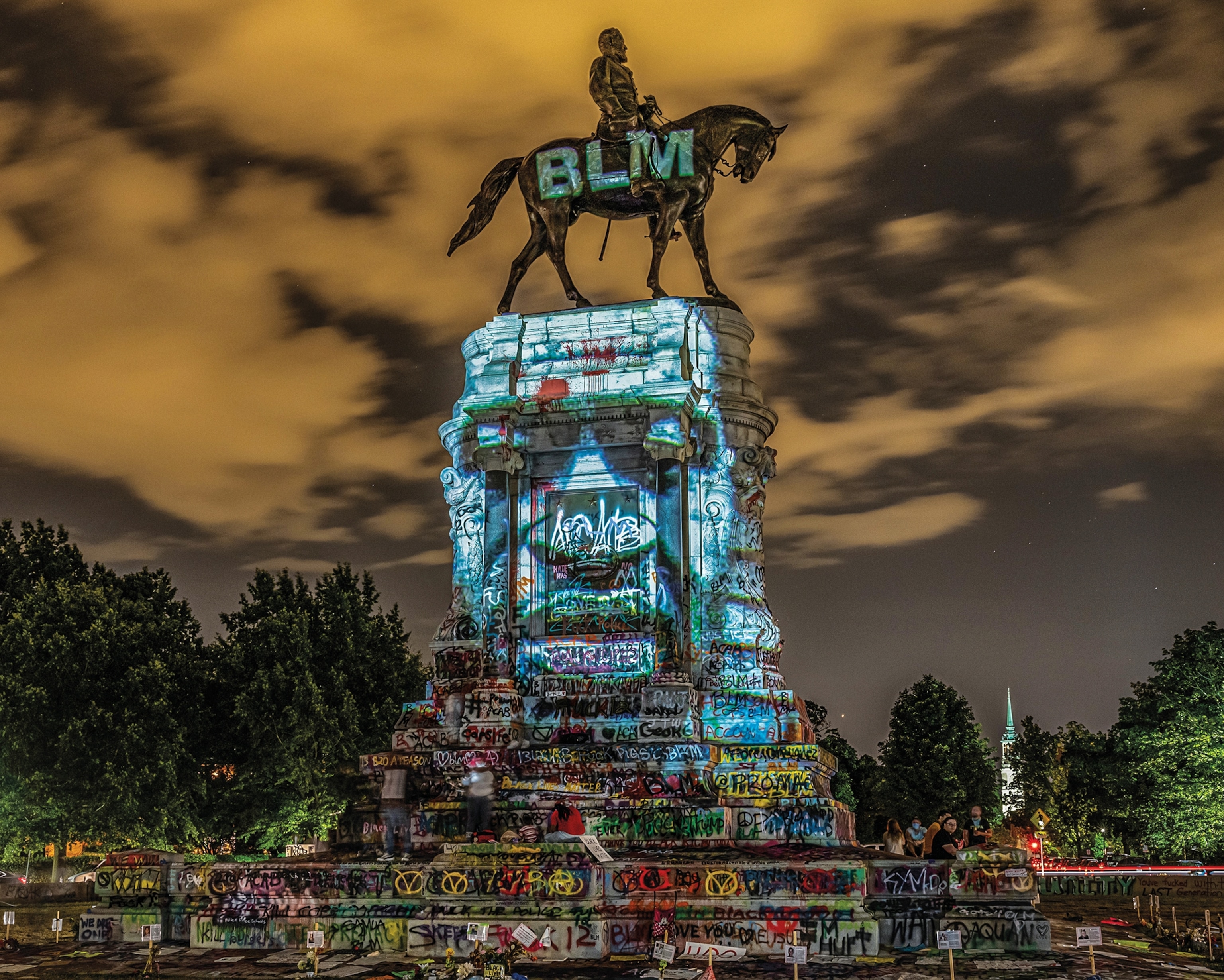
The pedestal will remain standing for now, although workers are expected to remove decorative plaques on Thursday and extricate a century-old time capsule said to be filled with Confederate coins, buttons, and battle flags. It will be replaced with a new one featuring present-day mementos, including an empty vial of coronavirus vaccine, poetry from diverse Virginia artists, signs from the nationwide street protests, and an iconic photograph of a young Black ballerina standing on the steps of the pedestal.


